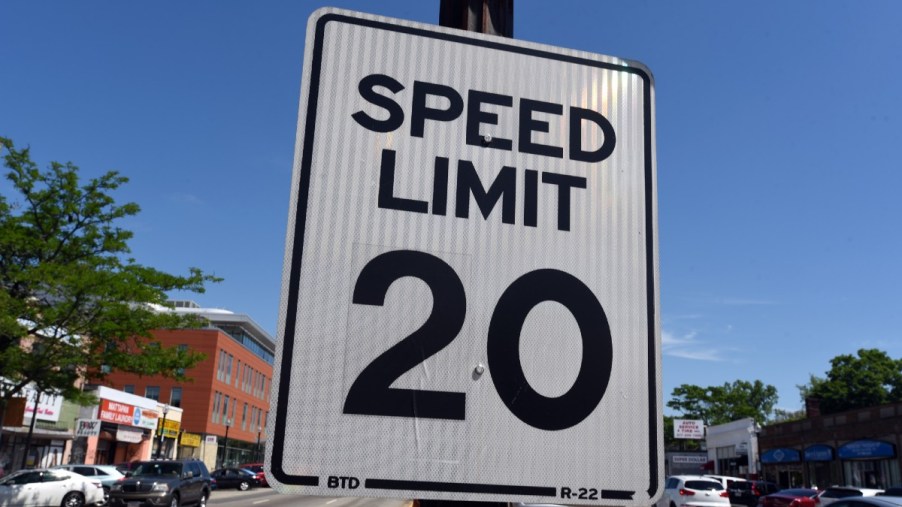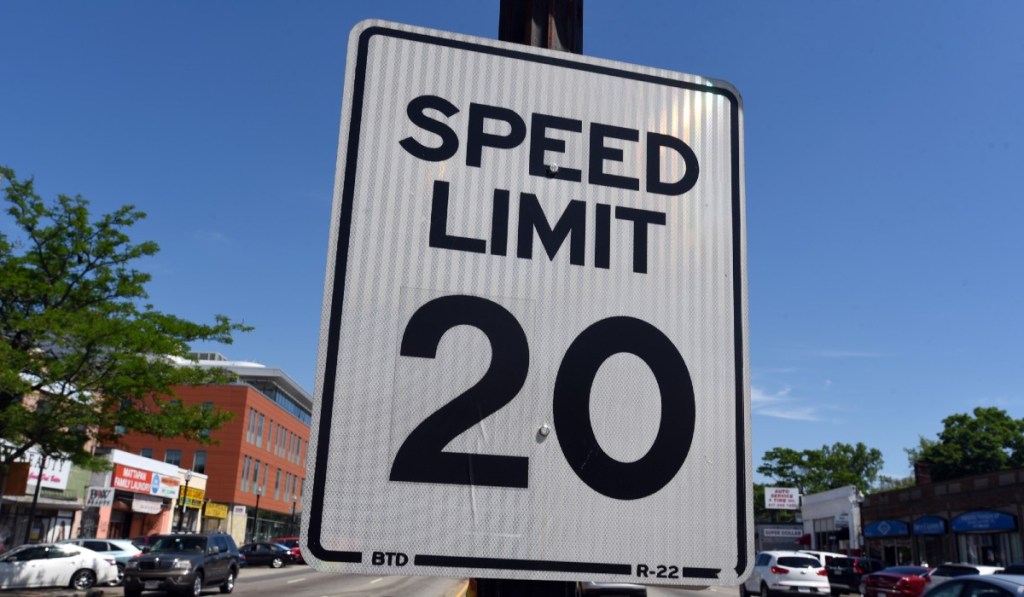
Do Lower Speed Limits Work in Urban Areas?
How slow can you go? Although some of us might become annoyed when seeing speed limits below 35 mph, studies have sown lower speed limits to work. The lower number improves car safety and reduces the likelihood of fatalities, severe injuries, or extensive damage during car crashes.
Lower speed limits save lives

Car accidents cost Americans $340 billion each year. This number is ridiculously high, but it’s not the worst part; driving is growing more dangerous. Although advanced safety features and intervention technology aid in avoiding collisions, more drivers are on the road now than ever before. Federal safety officials report traffic deaths hit a two-decade high in 2022. Something has got to be done.
Why does Seattle have lower car crashes in its urban areas?
Seattle recently lowered speed limits in downtown areas which shows its impact with less severe and fewer deadly car crashes since the change. The city lowered its default speed limit by five mph in most parts of the city. Forbes tells us the 30 mph zones were lowered to 25 mph for arterial roads, and the 25 mph residential street speed limit was lowered to 20 mph.
This small change in the speed limit created a 17% drop in the odds of a crash with an injury in the city center and a 20% reduction in the same type of crash on arterial roads.
How do we know the positive results were from lowered speed limits?
Three other cities in Washington acted as control cities and didn’t change their speed limits. Since 2020, the proportion of crashes that led to injuries has dropped in Seattle but increased everywhere else. This is concrete evidence that a small change in the speed limit can directly impact the severity of crashes.
Seattle didn’t stop with the speed limit changes. The city has also upgraded the infrastructure, implemented public education about the new speed limits, and added high-visibility enforcement in affected areas.
Although lower speed limits save lives, some states might do the opposite
Nine states either are or have considered raising speed limits during the most recent legislative session. These states are Indiana, Iowa, Massachusetts, New York, North Carolina, North Dakota, Ohio, Tennessee, and West Virginia.
The Ohio Governor opposed the amendment to raise the speed limit and urged “the Ohio Legislature to ensure this language is not restored.”
What impact could lower speed limits have in many cities?
A small change in the posted and enforced speed limit can have dramatic positive effects in most cities. Some of the toughest places for vehicles and pedestrians to move freely occurs in the heart of most large cities. PTV Group suggests the five main benefits of lower speed limits would be:
- Increased pedestrian safety
- Reduced emissions
- Improved health
- Less noise
- Human-centered city design
Does speeding save you a lot of time?
Can you really make up for the time that you lost by speeding? Think about the last time you ran late for work or an appointment. Did you get where you needed to go on time by speeding? On average, drivers save 26 seconds a day by speeding. That’s it; only 26 seconds. Is it worth taking a chance with your safety and those around you to save 26 seconds?
Lowered speed limits in urban areas reduce the severity of crashes, making it much safer for everyone to travel in highly congested city centers.



